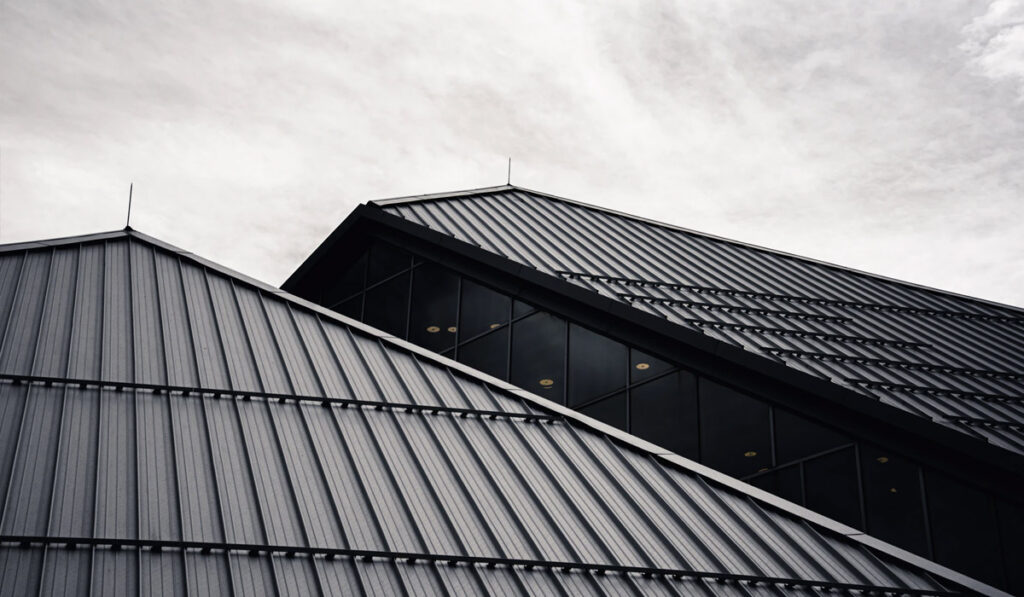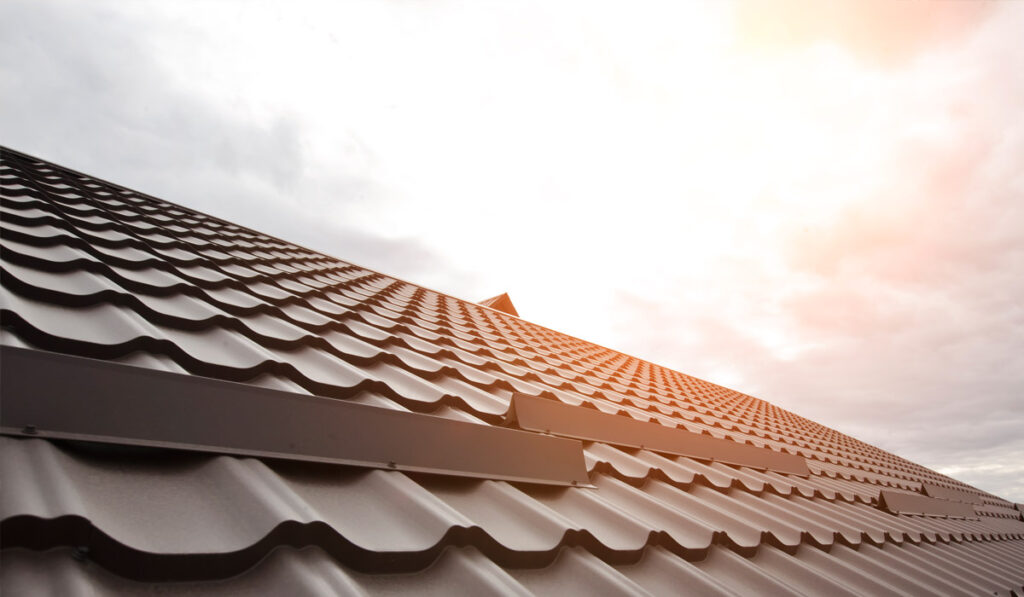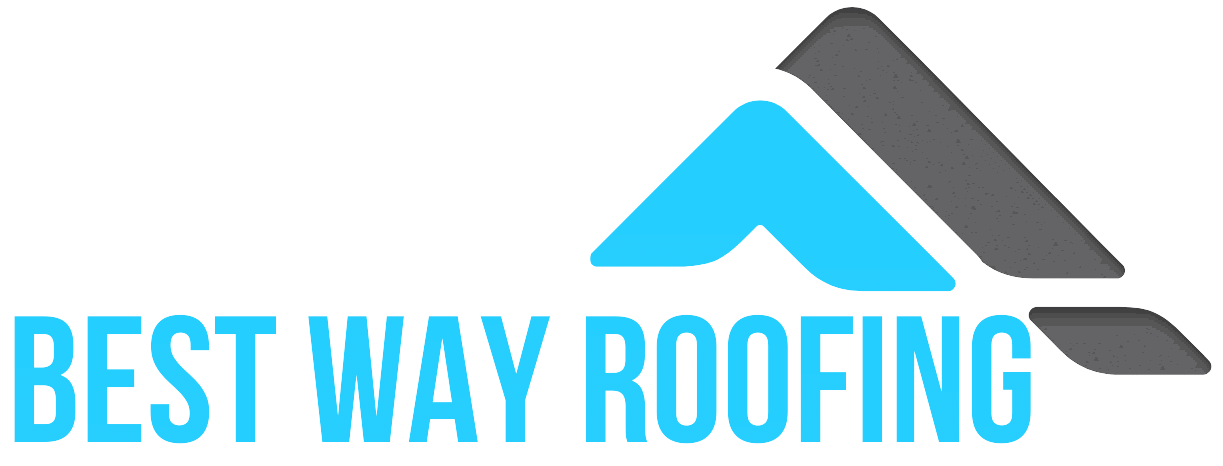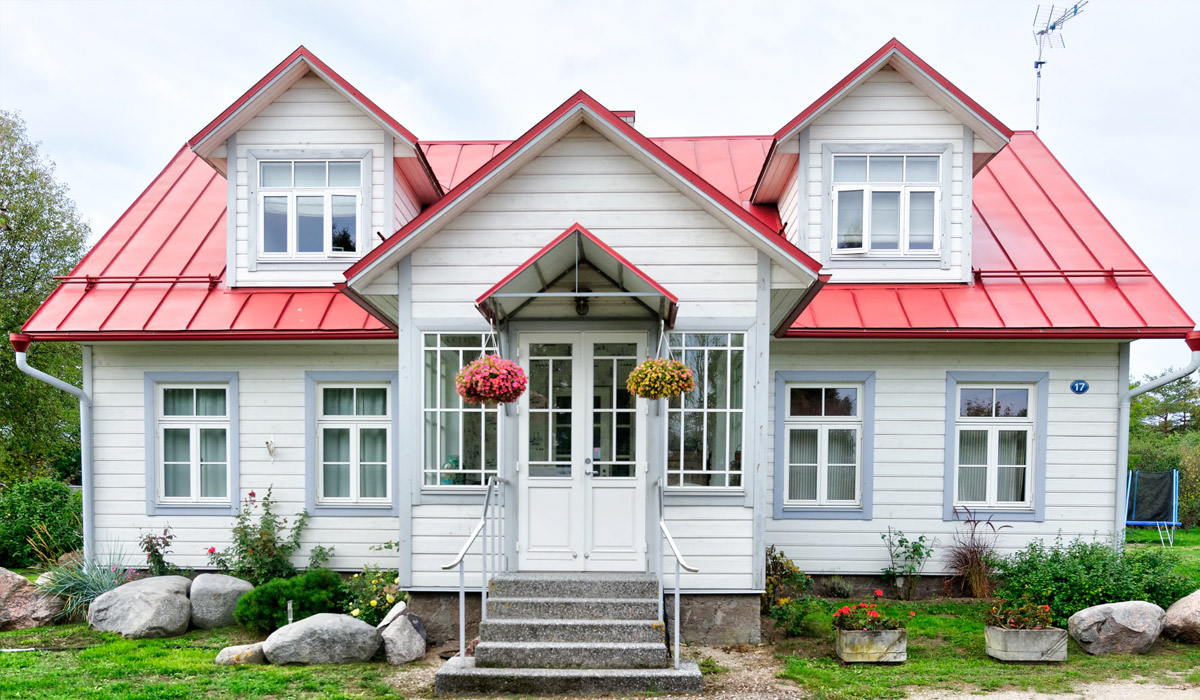As March brings a mix of weather conditions to Los Angeles, CA, homeowners must be aware of how bad weather can impact their roofs. With over 37 years of experience in roofing services, Tony Figueroa and the team at Best Way Roofing are here to shed light on this important topic. In this blog post, we’ll explore how various weather elements, common in March, can affect your roof and what steps you can take to mitigate potential damage.
Rain
March in Los Angeles often brings rain showers, which can have a significant impact on your roof. Over time, rainwater can seep through cracks or damaged shingles, leading to leaks and water damage inside your home. Additionally, heavy rainfall can cause gutters and downspouts to become clogged, resulting in water pooling on your roof and increasing the risk of water infiltration. To prevent rain-related roof damage, ensure that your roof is properly maintained, and promptly repair any leaks or damaged areas.
Wind
Strong winds are another common weather occurrence in March, especially in Los Angeles. Wind can lift shingles, tear off roofing materials, and even cause structural damage to your roof. Loose or damaged shingles are particularly vulnerable to wind damage, as they can be easily blown away, leaving your roof exposed to further harm. To protect your roof from wind damage, inspect it regularly for loose or missing shingles and secure them as needed. Additionally, consider investing in wind-resistant roofing materials for added protection.
Sun
While Los Angeles enjoys plenty of sunshine in March, prolonged exposure to UV rays can also take a toll on your roof. Over time, UV radiation can cause roofing materials to deteriorate, leading to cracking, fading, and warping. Additionally, extreme heat can cause roof components, such as asphalt shingles or tar, to soften and become more susceptible to damage. To prolong the lifespan of your roof and mitigate sun-related damage, consider installing reflective roofing materials that can help reduce heat absorption and UV exposure.
Aimply dummy text of the printing and typesetting industry lorem Ipsum has been the industry’s standard dummy text ever area sector since ”
Jessica Mcdade
Hail
Though less common in Los Angeles, hailstorms can occur in March and pose a significant threat to your roof. Hailstones can vary in size, from small pellets to larger chunks of ice, and can cause dents, cracks, and punctures in roofing materials. After a hailstorm, it’s essential to inspect your roof for any signs of damage and address any issues promptly to prevent further deterioration. Consider consulting a professional roofing contractor like Best Way Roofing for a thorough inspection and any necessary repairs.
Snow
While snow is rare in Los Angeles, it’s not entirely unheard of, especially in higher elevations. Snow accumulation on your roof can exert significant weight, leading to stress on the structure and potential damage. Additionally, melting snow can seep into cracks or gaps in your roof, causing leaks and water damage. If snow does accumulate on your roof, use caution when removing it to avoid causing further damage. Consider hiring a professional roofing contractor to safely remove snow and assess any potential damage to your roof.


In conclusion, bad weather can have a significant impact on your roof, regardless of the season. By staying vigilant and proactive in maintaining your roof, you can minimize the risk of damage and ensure its longevity. If you have any concerns about your roof’s condition or need assistance with repairs or maintenance, don’t hesitate to reach out to Tony Figueroa and the experienced team at Best Way Roofing. We’re here to help keep your roof in top shape, rain or shine.



